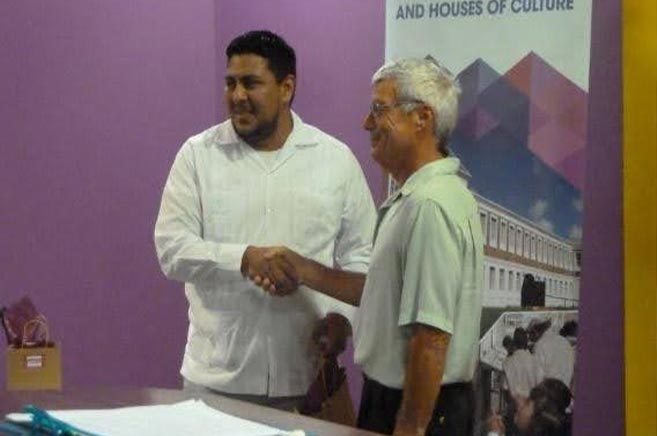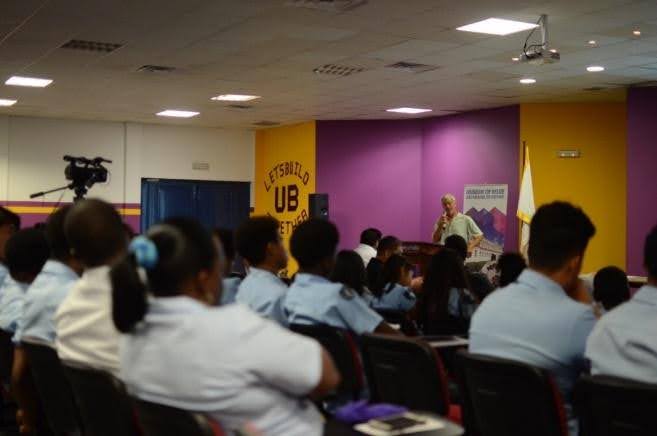Meet Our Scientist
- Home
- Meet Our Scientist
BNHA
Meet Our Scientist
Dr. Zitzer’s extensive research and academic studies have enabled him to write and publish numerous scientific articles. His research comprises 26 works with 2,229 citations and 3,663 reads.
His master’s thesis focused on a macroscopic investigation into some aspects of actinorhizal nodulation and dinitrogenase activity of Myrica Cerifera and Elaeagnus Umbellata under simulated circannual influences, while his PHD dissertation focused on seasonal and site relationships to C2H2 reduction by actinorhizal black alder and russian olive root nodules
Research Titles by Stephen F. Zitzer while affiliated with Desert Research Institute and Other Institutions.
Long-term response of a Mojave Desert winter annual plant community to a whole-ecosystem atmospheric CO2 manipulation (FACE)
Sediment Transport to White-Margined Penstmen Habitat
Natural regeneration of native plants diversity following prescribed fire in a grazed sagebrush community with encroaching pine and juniper in east central Nevada, but lacking invasive cheatgrass (Bromus tectorum)
Recruitment of native and non-native annual and perennial plant species following wildfire in a blackbrush (Coleogyne ramosissima) community in south central Nevada
Unveiling the mysterious ecology of a rare relict Mojave Desert forb (Penstemon albomarginatus): Will ecological knowledge put a damper o exponential growth in Southern Nevada?
Above-ground biomass and carbon and nitrogen content of woody species in a subtropical thornscrub parkland
Elevated CO2 does not conserve soil water in the Mojave Desert
Alterations o nitrogen dynamics under elevated CO2 in an intact Mojave Desert ecosystem: evidence from d15N
In situ litter decomposition and litter quality in a Mojave Desert ecosystem Effects of elevated atmospheric CO2 and interannual climate variability
Functional ecology of shrub seedlings after a natural recruitment event at the Nevada Desert FACE Facility
Effects of elevated CO2 on green tissue and litter quality in an intact Mojave Desert Ecosystem
Alterations of nitrogen dynamics under elevated carbon dioxide in an intact Mojave Desert ecosystem: evidence from nitrogen-15 natural abundance
Annual rainfall, topoedaphic heterogeneity and growth of an arid land tree (Prosopis glandulosa)
Elevated CO2 increases productivity and invasive species success in an arid ecosystem
Biotic, abiotic ad performance aspects of the Nevada Desert Free-Air CO2 Enrichment (FACE) Facility
Biogenic hydrocarbon emissions and landcover/climate change in a subtropical savanna
Spatial Variability in the Potential for Symbiotic N 2 Fixation by Woody Plants in a Subtropical Savanna Ecosystem
Erosion Potential of a Burn Site in the Mojave-Great Basin Transition Zone: Interim Summary of One Year of Measurements
Impacts of interrelated biotic and abiotic processes during the past 125000 years of landscape evolution in the Northern Mojave Desert
Coupled Environmental Processes in the Mojave Desert and Implications for ET Covers as Stable Landforms
More Informations
Adopt a Bird
Adopt a Bird allows you to symbolically “adopt” a bird of Belize at the Belize Natural History Archive Exhibit.
Follow Our Social Media
Nurturing Tomorrow's Stewards to Shape a Sustainable Future
Biodiversity education addresses Global Challenges, equips children with the knowledge and skills to understand complex environmental issues such as climate change, habitat loss, and species extinction. It empowers them to contribute to solutions for these challenges in the future.



